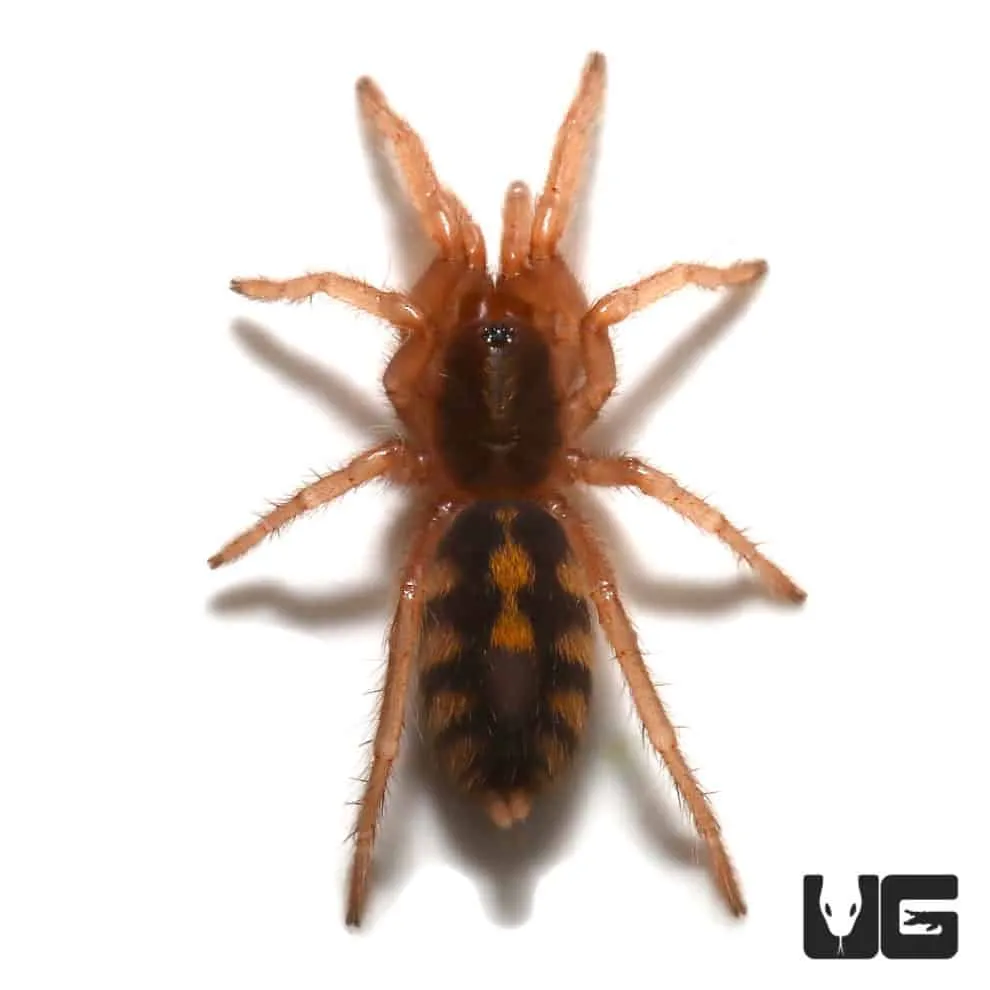Caring for a tarantula can be a rewarding experience. These fascinating creatures, with their intricate behaviors and diverse species, offer a unique perspective on the animal kingdom. However, their care requires understanding their specific needs and creating an environment where they can thrive. This guide delves into the essentials of tarantula care, focusing on creating a habitat that meets their needs, providing proper nutrition, and ensuring their overall well-being. Whether you’re a beginner or looking to refine your tarantula care practices, this article will equip you with the knowledge to keep your pet tarantula happy and healthy.
Understanding Tarantula Needs
Before acquiring a tarantula, it is essential to comprehend their natural environment and requirements. Tarantulas are arachnids, primarily terrestrial or arboreal, depending on the species, that inhabit diverse environments, from tropical rainforests to arid deserts. Their needs are relatively simple but crucial for their survival and well-being. Providing an environment that mimics their natural habitat is key to their happiness and health. Factors such as temperature, humidity, and the availability of food and water play vital roles in a tarantula’s life. Neglecting these aspects can lead to stress, health issues, and a shortened lifespan. Learning about the specific needs of the species you choose is paramount, as different tarantulas have different requirements.
Habitat Essentials
Creating a suitable habitat is the cornerstone of tarantula care. It’s more than just providing a container; it’s about replicating the conditions they need to thrive. The enclosure should be spacious enough for the tarantula to move around and exhibit its natural behaviors. It should also provide a safe space where the tarantula feels secure. The substrate, temperature, and humidity levels all play a crucial role in the health and happiness of your pet. A well-designed habitat minimizes stress and maximizes the chances of a long and healthy life for your tarantula. Proper ventilation is also critical to prevent the buildup of harmful gases and maintain air quality.
Enclosure Size and Setup
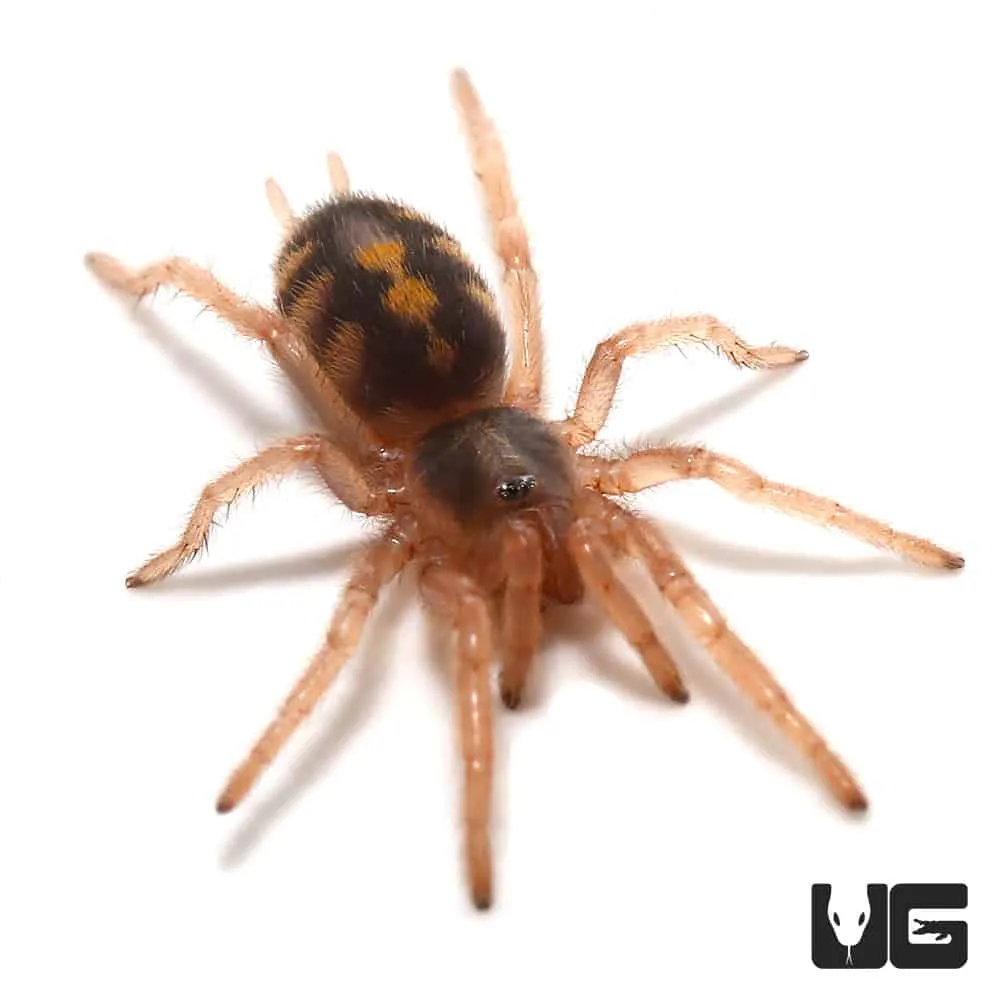
The size of the enclosure depends on the tarantula’s species and size. A general guideline is to provide an enclosure that is at least three times the tarantula’s leg span in width. Terrestrial species require more floor space, while arboreal species benefit from vertical space. The enclosure should have a secure lid to prevent escape, and it should be made of a material that is easy to clean and maintain. The setup should include a water dish, a hide (such as a piece of cork bark or a plastic plant pot), and appropriate substrate. Consider the adult size of the tarantula when selecting the enclosure to avoid having to upgrade it later. Ensure the enclosure is located in a stable environment, away from direct sunlight and drafts.
Substrate Selection
The substrate is the bottom layer of the enclosure and plays several important roles. It provides a surface for the tarantula to walk on, helps maintain humidity levels, and allows the tarantula to burrow if it is a terrestrial species. Common substrate choices include coconut fiber, peat moss, and vermiculite. The ideal substrate should be absorbent, non-toxic, and free of chemicals. The depth of the substrate should be sufficient to allow the tarantula to burrow, typically two to six inches. Regularly check the substrate for moisture and replace it when necessary to prevent mold and bacterial growth. The right substrate contributes to a healthy and comfortable environment for your tarantula.
Temperature and Humidity Control
Maintaining the correct temperature and humidity levels is crucial for a tarantula’s health. Most tarantulas thrive in temperatures between 75°F and 85°F (24°C and 29°C). The specific temperature requirements may vary slightly depending on the species. You can use a heat mat or a ceramic heat emitter to maintain the desired temperature, but avoid direct heat sources that could burn the tarantula. Humidity levels also need to be monitored and maintained, with most species requiring humidity levels between 60% and 80%. Use a hygrometer to measure humidity. You can increase humidity by misting the enclosure with water, providing a water dish, and using appropriate substrate. The key is to strike a balance that prevents the enclosure from becoming either too dry or too humid, as both extremes can lead to health problems.
Feeding Your Tarantula
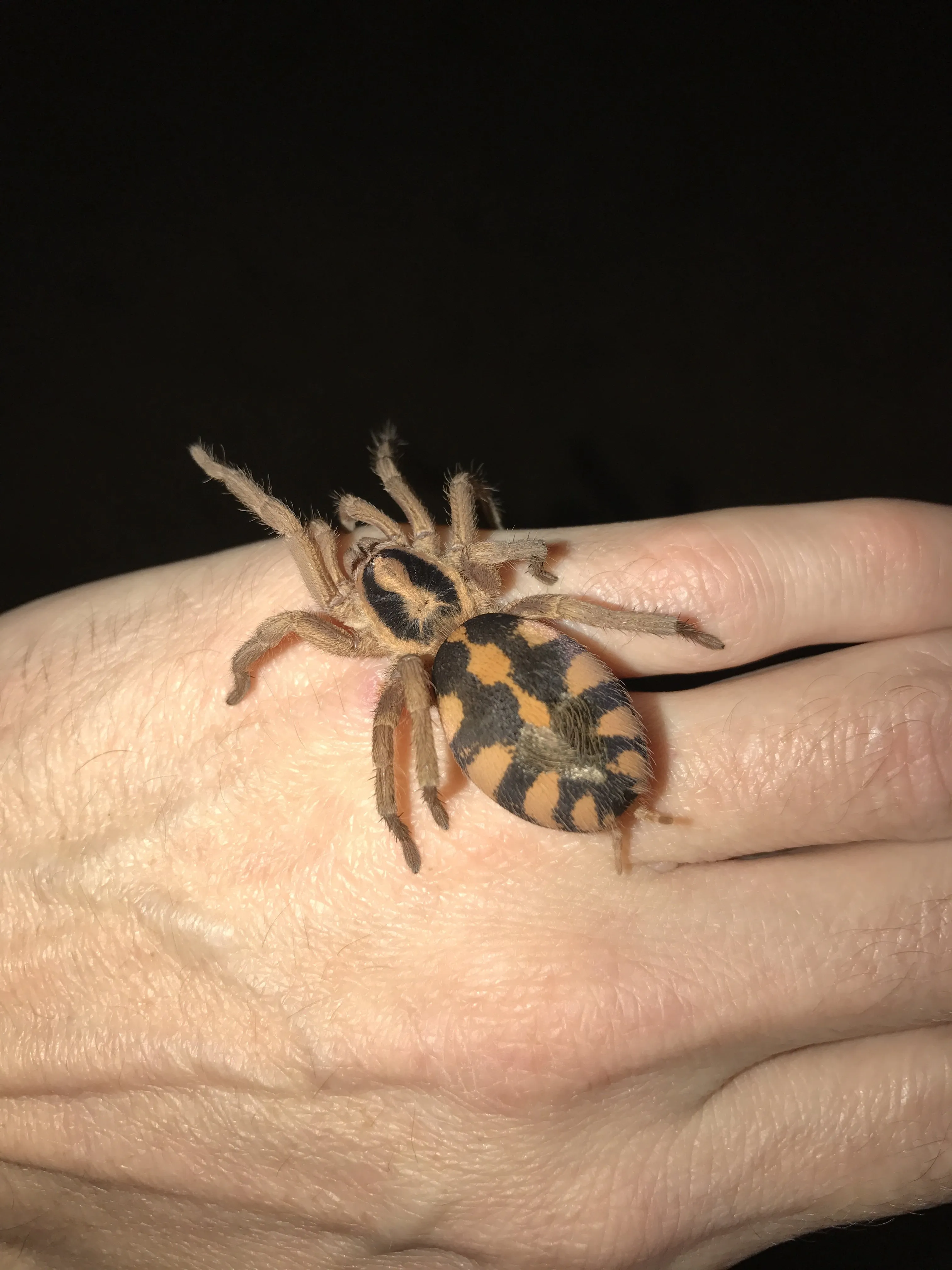
Nutrition is a vital aspect of tarantula care. Tarantulas are primarily insectivores, meaning their diet mainly consists of insects. The frequency of feeding, the types of insects offered, and the amount provided all significantly impact the tarantula’s health and growth. Providing a balanced diet ensures that your tarantula receives the necessary nutrients to thrive. It is also crucial to observe your tarantula’s eating habits and adjust the feeding schedule accordingly. Overfeeding can lead to obesity, while underfeeding can stunt growth. The goal is to provide enough food to support healthy growth and maintain a healthy weight without compromising the tarantula’s overall well-being.
Choosing the Right Food
The best food sources for tarantulas are live insects. Crickets, mealworms, and roaches are commonly used and are usually readily available at pet stores. The size of the insects should be appropriate for the size of the tarantula; a good rule of thumb is to feed insects that are no larger than the tarantula’s body. It’s important to gut-load the insects before feeding them to your tarantula. Gut-loading involves feeding the insects a nutritious diet, such as vegetables and commercial insect food, which provides essential vitamins and minerals to the tarantula. Avoid feeding wild-caught insects, as they may carry parasites or pesticides that can harm your tarantula. Variety in the diet is also beneficial. Offering different types of insects can help ensure a balanced nutritional intake.
Feeding Frequency and Amount
The feeding frequency depends on the tarantula’s age and species. Spiderlings, or young tarantulas, typically need to be fed more frequently, often every few days. Adult tarantulas can be fed less often, usually once a week or every other week. Observe your tarantula’s abdomen to determine its feeding needs. A well-fed tarantula will have a plump abdomen, while an underfed tarantula will have a thin abdomen. Remove any uneaten insects from the enclosure within 24 hours to prevent them from stressing the tarantula. The amount of food to offer depends on the size of the insect and the tarantula’s appetite. Avoid overfeeding, which can lead to obesity and other health problems.
Watering Your Tarantula
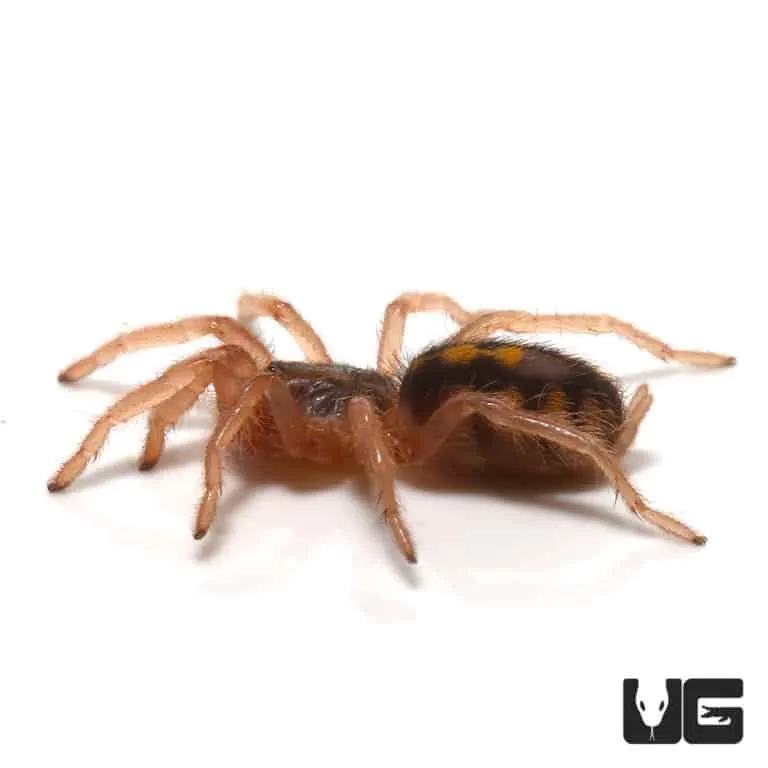
Water is essential for all living creatures, and tarantulas are no exception. They need a constant source of fresh water to stay hydrated. The way you provide water can vary based on the species and their environment. Ensuring access to clean water prevents dehydration, which can lead to serious health issues. It is also vital to maintain humidity levels, particularly in drier environments, as this assists the tarantula with molting. Regular hydration allows your tarantula to thrive and maintain optimal health. Providing water is a fundamental aspect of proper tarantula care that cannot be overlooked.
Water Bowl and Hydration
A water bowl is a simple yet essential component of a tarantula’s enclosure. The bowl should be shallow enough to prevent the tarantula from drowning, yet large enough to provide easy access to water. Use a water bowl made of a non-toxic material, such as ceramic or plastic. Keep the water clean by regularly changing it, ideally every day or two. Some tarantula keepers also offer a small, damp sponge or cotton ball in the enclosure, especially for smaller tarantulas, as an additional water source. Hydration is key to your tarantula’s health, supporting vital functions and preventing dehydration.
Misting and Humidity
In addition to a water bowl, many tarantulas benefit from regular misting to maintain humidity. Use a spray bottle filled with dechlorinated water to mist the enclosure, aiming to lightly dampen the substrate and the sides of the enclosure. The frequency of misting depends on the species and the humidity levels in your home. Monitor humidity levels using a hygrometer and adjust your misting schedule accordingly. Be careful not to over-mist, as this can lead to mold growth and bacterial issues. Misting helps maintain the ideal humidity levels, which are critical for successful molting and overall health.
Handling and Safety
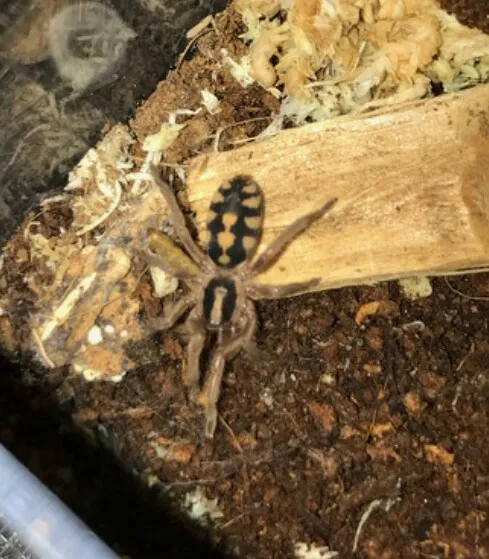
While tarantulas are generally docile creatures, handling them should be done with caution. They can be easily stressed, and even though their venom is not typically dangerous to humans, a bite can be painful. Knowing how to handle your tarantula safely is essential for both your well-being and the spider’s. Safe handling involves understanding the tarantula’s behavior, recognizing signs of stress, and knowing how to avoid potential bites. Prioritizing safety makes the experience enjoyable for you and ensures the well-being of your pet.
Safe Handling Practices
Before handling your tarantula, make sure you understand its temperament. Some species are more docile than others. Always handle your tarantula over a soft surface, such as a bed or a couch, in case it falls. Avoid making sudden movements, which can startle the tarantula. Never grab a tarantula, as this can frighten it and increase the risk of a bite. Instead, encourage the tarantula to walk onto your hand gently. Wash your hands thoroughly before and after handling to prevent the spread of germs and contaminants. Patience and a calm demeanor are key when handling your tarantula. It is often best to observe and admire your tarantula from a distance, especially if it is a more skittish species.
Recognizing Signs of Stress
Tarantulas can exhibit several signs of stress. These signs include flicking hairs from their abdomen (a defense mechanism), raising their front legs in a threat posture, and attempting to flee. Other signs of stress include a lack of appetite, hiding excessively, or refusing to move. If you notice any of these behaviors, it’s best to leave the tarantula alone and allow it to calm down. Provide it with a secure environment and avoid handling it until it appears relaxed. Reducing stress is critical to the health of your tarantula.
Tarantula Health and Wellness
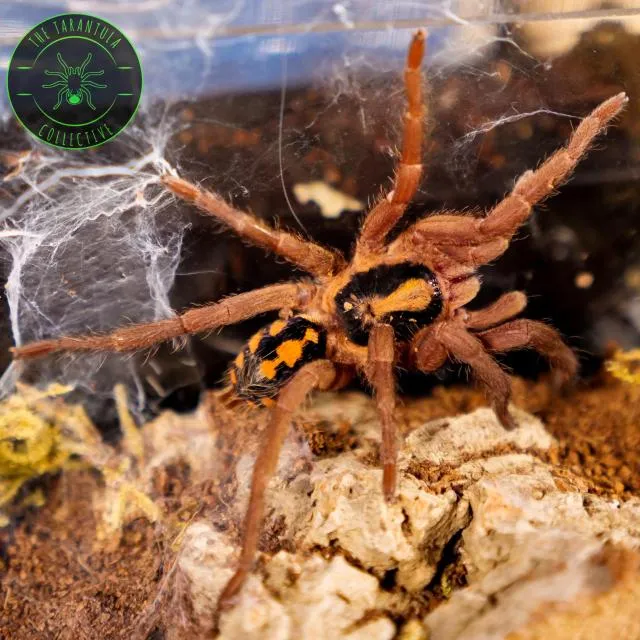
Just like any pet, tarantulas can experience health issues. Being able to recognize and address potential problems is crucial for providing good care. Monitoring your tarantula’s behavior, appearance, and eating habits helps identify potential issues early on. Prevention is key, and a well-maintained habitat, a balanced diet, and proper hygiene all contribute to a healthy tarantula. Regular observation can help you identify health problems early, increasing the likelihood of successful treatment and a long, healthy life for your pet. If you notice any signs of illness, consult an experienced tarantula keeper or a veterinarian specializing in exotic pets.
Common Health Issues
Some common health issues that affect tarantulas include parasites, fungal infections, and injuries. Parasites, such as mites, can infest a tarantula, causing irritation and potential health problems. Fungal infections often develop in humid environments with poor ventilation. Injuries can occur from falls or from being bitten by prey. These problems can often be prevented through maintaining a clean habitat, ensuring proper hygiene, and providing a balanced diet. Regular observation and early detection of any signs of illness are vital for addressing these issues promptly.
Recognizing Illness and Injury
Several signs can indicate that your tarantula is sick or injured. These include lethargy, loss of appetite, unusual posture, and difficulty moving. Other signs include discoloration of the abdomen or legs, swelling, and the presence of parasites. If you observe any of these signs, you should consult with a veterinarian or experienced tarantula keeper. Early intervention can often prevent the problem from becoming more serious. Keeping a close eye on your tarantula’s behavior and physical condition is key to ensuring its overall health and well-being.
Preventive Care

Preventive care is essential for maintaining your tarantula’s health. Regularly cleaning the enclosure and changing the substrate helps prevent the buildup of bacteria and mold. Provide a balanced diet with gut-loaded insects to ensure the tarantula receives the necessary nutrients. Maintain the correct temperature and humidity levels to minimize stress and promote molting. Quarantine new tarantulas before introducing them to your existing collection to prevent the spread of potential diseases or parasites. Routine observation and a proactive approach to care can help your tarantula remain healthy and happy for many years.
Cleaning and Maintenance
Regular cleaning and maintenance are essential for maintaining a healthy environment for your tarantula. Spot clean the enclosure regularly by removing any uneaten food, dead insects, and waste. Replace the substrate periodically, typically every few months, or more frequently if it becomes soiled. Clean the water dish and water bowl frequently to prevent bacterial growth. Always use appropriate cleaning products and avoid harsh chemicals that could harm your tarantula. A clean enclosure reduces the risk of disease and creates a more pleasant environment for your pet. Consistent cleaning is a crucial part of tarantula care.
Enjoying Your Tarantula
Keeping a tarantula can be a highly rewarding experience. These fascinating creatures offer a unique opportunity to observe and appreciate the wonders of the natural world. By following the guidelines outlined in this article, you can create an environment where your tarantula can thrive, and you can enjoy watching it grow and develop. Remember to always prioritize the well-being of your pet and to continue learning about tarantula care. Your dedication and attention to detail will be rewarded with the pleasure of owning a healthy and happy tarantula. Take your time, do your research, and enjoy the experience.
